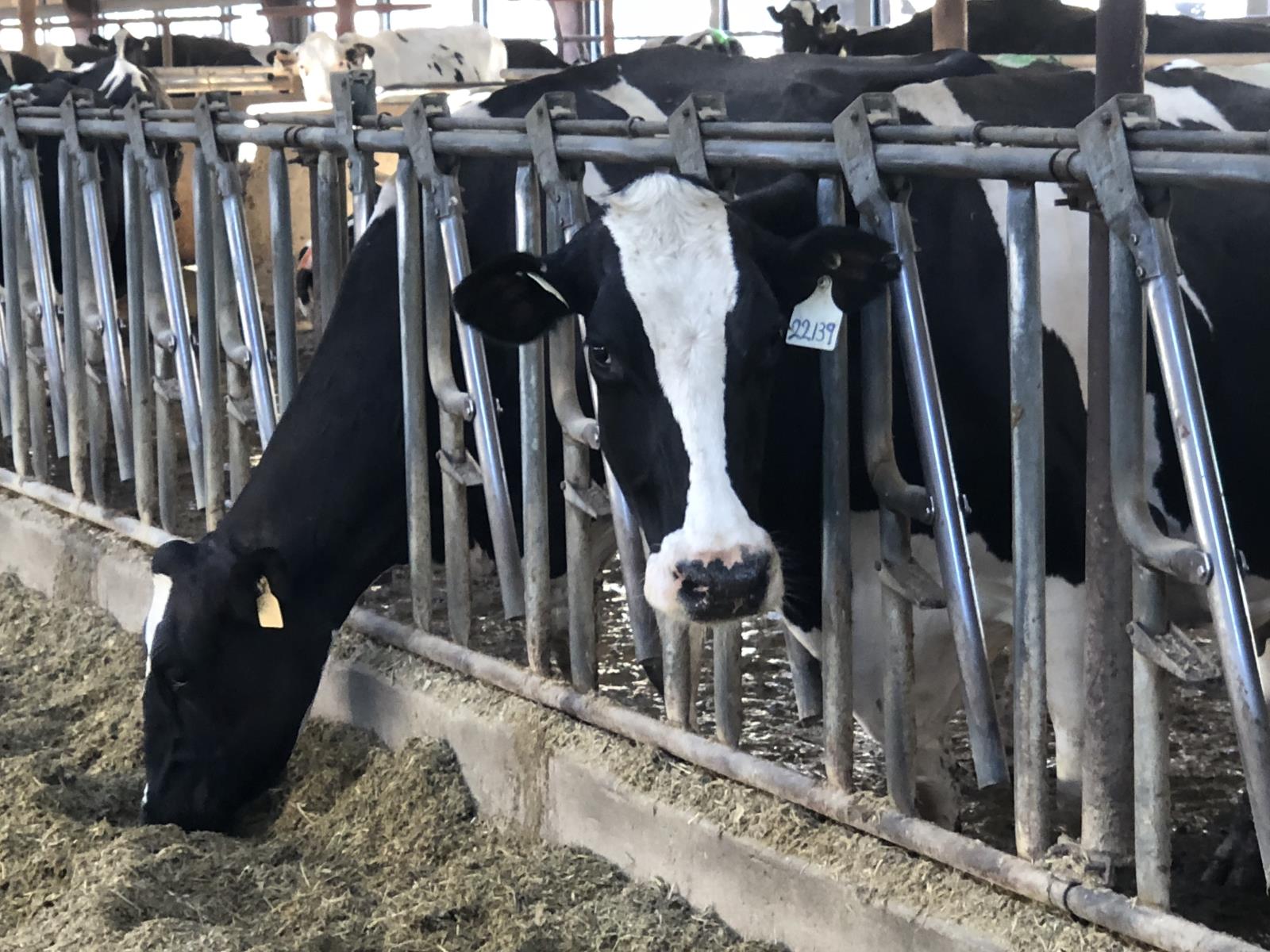Idaho dairies hurting but still producing plenty of milk

By Sean Ellis
Idaho Farm Bureau Federation
POCATELLO – Idaho dairy farmers are still producing milk, and lots of it, even as the price they receive for their commodity has plummeted during the coronavirus outbreak.
Idaho ranks No. 3 in the nation in total milk production and most of the milk produced in the Gem State is turned into cheese.
Dairy is the No. 1 farm commodity in Idaho in terms of farm cash receipts, which is the money that farmers and ranchers receive from buyers for their commodity.
The coronavirus outbreak has not slowed milk production in Idaho or the nation and consumers don’t have to worry about shortages of dairy products, said Idaho Dairymen’s Association Executive Director Rick Naerebout.
“So far, dairies are still milking cows and producing milk,” he said. “There will still be plenty of dairy products on grocery shelves.”
He said response to the virus has created some production and supply challenges but nothing that American dairy farmers can’t overcome.
“The dairy supply chain is pretty resilient,” Naerebout said. “You can go to any grocery store and find ample supplies of milk, cheese, yogurt and other dairy products.”
One of the challenges has been a disruption in the supply of distillers grains, which are fed to cows and are a byproduct of ethanol production, which has slowed significantly during the outbreak. However, dairy operators are replacing distillers grains with other feed, including soybean meal and canola meal.
“We’re able to manage around” that decrease in distillers grains, Naerebout said.
But the price outlook for dairy operations is bleak right now, he said, and some operators will have a difficult time managing through those low prices.
After suffering through four years of depressed milk prices, the Idaho and U.S. dairy industry got a shot in the arm toward the latter part of 2019 when the price that dairies receive from buyers for their commodity increased significantly.
Now, prices are headed back down, in part because of decreased demand from restaurants, many of which are closed or have suffered significant decreases in sales. A significant portion of dairy demand in the United States comes from restaurants.
Naerebout said dairy industry officials have been told demand at restaurants is down 70-80 percent.
“We’re seeing a real hit (in prices) from that today,” he said.
There was an initial pickup in overall demand for dairy products during the coronavirus outbreak but that has tailed off significantly, Naerebout said.
While the price that Idaho dairymen receive for their milk touched $20 per hundredweight (cwt) in December, May futures prices are in the $13 cwt range and could go down even more, Naerebout said.
“It’s really disheartening,” he said. “We came into 2020 thinking it would be a good year after several years of depressed prices.”
The price that Idaho dairy operations must receive for their milk in order to break even is around $16 cwt, he said.
“We’re going to be significant dollars below break-even,” Naerebout said. “Hopefully, this will only last for a short period of time and we can get back to business as usual….”
Feed and energy costs have softened but not enough to offset the price decrease, Naerebout said.
Still can't find what you are looking for? Find by topic:
- County Presidents & Board Information
- County Resource Page
- Delegate Form
- Discount Programs
- Discussion Meet
- Discussion Meet - High School
- Education Programs
- Events
- Excellence Award (YF&R)
- Expense Voucher
- Flickr
- Gem State Producer
- High School Discussion Meet
- High School Speech Contest
- Hope in Idaho Ag
- House of Delegates Credentials Form
- IFBF Board of Directors
- IFBF Staff
- Insurance
- Issue Advisory
- Legislative Action Program
- Legislative Issues
- Library
- MAC Trailer
- Magazines
- Map My Benefits
- Member Benefits
- Member Discount
- Membership Application
- Mental Health Resources
- Mission Statement
- Moving Agriculture to the Classroom
- Newsletter Sign up
- News Releases
- News Room
- Open Range Law
- Photo Contest
Thank You to Our Partners









